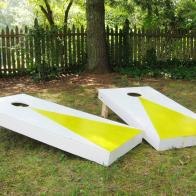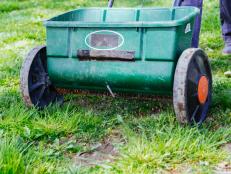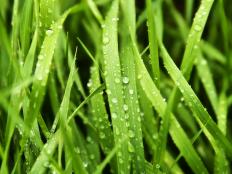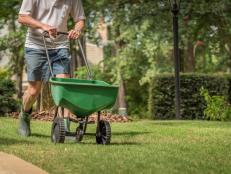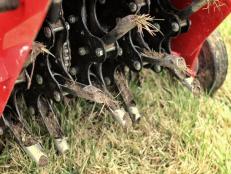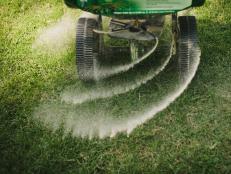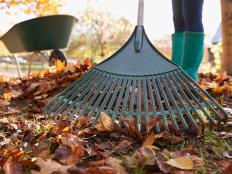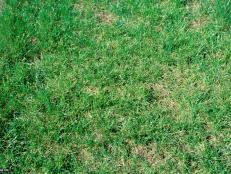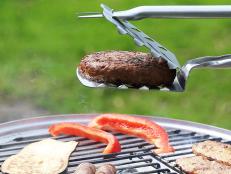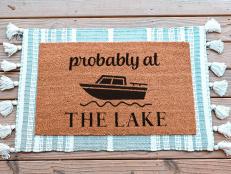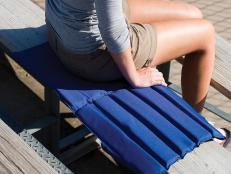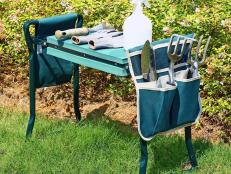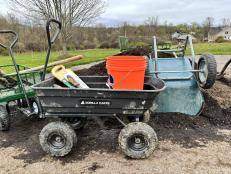Winter Lawn Care
Learn what you should do over winter to keep your lawn looking great next spring and summer.
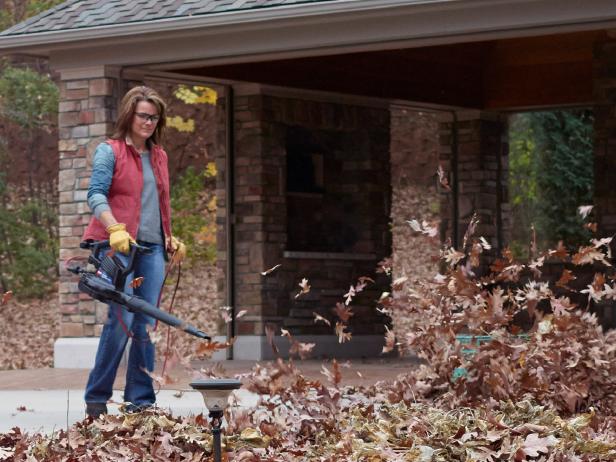
Toro
Give your grass the royal treatment by providing a little winter lawn care. Your winter to-do list won’t be as grueling as summer (mowing, weeding, watering), but steps you take during the frosty season help ensure that your lawn provides toe-tickling pleasure next spring and summer. What tasks you need to focus on depends on where you live and what kind of grass you grow.
In regions where lawns contain warm-season grasses and freezes occur regularly throughout winter, the turf goes dormant, forming a buff-colored swath. A dormant warm-season lawn calls for simple winter lawn care. You may choose to overseed with perennial or annual ryegrass if you want a green lawn all winter. This task is usually done before the first frost, making it more of fall lawn care chore.
If you pass on overseeding, you can use winter’s beige-tone grass to your advantage. In winter, cool-season weeds thrive. In dormant warm-season turf, anything green stands out like a sore thumb. If you only have a few broadleaf weeds, spot-treat them using an herbicide that kills weeds but not grass.
If your lawn has too many weeds to spot-treat, follow these winter lawn care steps. First, keep mowing your lawn through winter at the recommended height for your lawn grass. Most common winter weeds can’t survive repeated mowing like this and will die. Use a bag attachment on your mower when mowing to catch seeds any of these weeds might manage to set. The final step in this eradication process is to flip your calendar to next September and mark it to apply a pre-emergent herbicide. You can eliminate many winter weeds with a fall herbicide application.
Winter lawn care for cool-season grasses involves simple activities. For instance, in areas where winter brings hard freezes and even snow cover, it’s a good idea to stay off frozen lawns. Repeated walking or driving over frozen lawns can kill turfgrass crowns, which leads to spring bare spots.
If you didn’t get all the autumn leaves removed from the lawn before snow arrived, tackle that task if there’s a thaw at some point. Rake carefully, especially if soil is moist, because grass can pull up easily. Leaves that remain over grass through winter can kill turf crowns. They can also contribute to snow mold, which creates minor lawn damage.
15 Striking Plants for Winter Color
See All PhotosThe other big issue in areas with snow cover is vole trails. These mouse-like critters occur in both suburban and rural yards. A pretty blanket of snow on the lawn gives voles the cover they need to feast on grass roots in open lawn—undetected by predators. Once snow melts, their shallow runways appear along the lawn surface. The runways resemble a tunnel that’s missing its top.
Once snow melts, as long as you keep grass mowed, these critters won’t show their mousy little faces in open areas. Repairing ruts is simple: Rake, fill in with soil, tamp lightly, add grass seed, cover. You can even skip the grass seed if your lawn is healthy. The grass will creep in and repair itself. To keep the vole population in check, get an outdoor cat.





